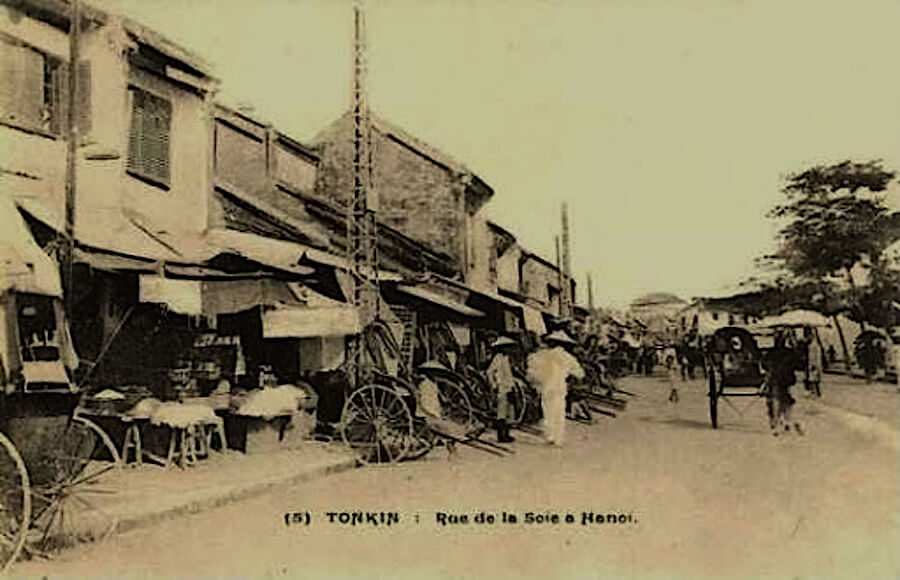
Hang Giay Street is 219 meters long and 12 meters wide, stretching from Hang Dau Street to the intersection of Dong Xuan and Hang Khoai Streets, passing under the railway viaduct.
The name "Hang Giay" predates the French colonial period, during which it was called "rue du Papier." In 1945, the street reverted to its original Vietnamese name, which has remained unchanged through subsequent renaming.
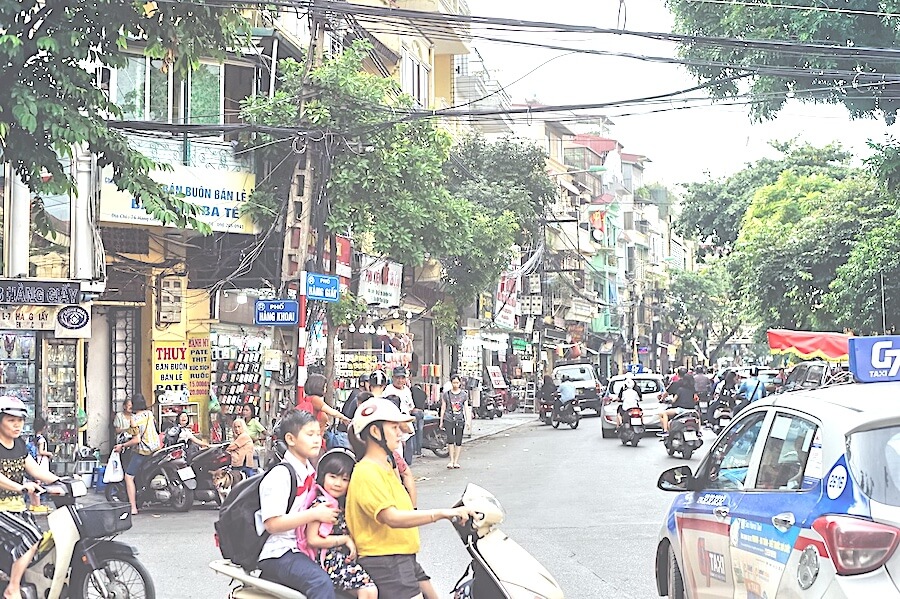
Originally, Hang Giay Street was a dyke road extending from the northeast corner of the old citadel. The eastern side of the road belonged to Huyen Thien village, while the western side belonged to Tan Khai village. The street became known as Hang Giay because it was historically a market for various types of paper crafted by artisans from the Buoi and Cot villages along the To Lich River.
During the Le Dynasty, the northern part of the street belonged to Hoe Nhai Ward, while the southern part was in Dong Xuan Ward, Hau Tuc General, Tho Xuong District. Under the Nguyen Dynasty, the northern section of Hang Giay Street connected to Hang Cot Street along the To Lich River and was part of Dong Thuan village, while the middle and southern sections remained in Dong Xuan Ward.

Before 1915, the street had no sidewalks, the road surface was covered with rubble, there were no trees, and the buildings were not aligned in straight rows. At that time, it was still a suburban road, with thatched houses interspersed with brick houses covered with tin roofs, and few tiled roofs. Two-story houses were rare, and those that existed were built in the traditional overhanging style. During the 1914–1918 war, a police station was located at the beginning of the street, near the water tower, commonly known as the Hàng Đậu Police Station even though it was technically on Hang Giay Street.
At the end of the street, at what is now 83 Hang Giay Street, there was once the Dong Xuan Temple, dedicated to the Bach Ma god. A 1925 postcard clearly shows the temple, but it has since been completely encroached upon and turned into shops. Midway along the street, at number 42, is the birthplace of journalist Nguyen Van Vinh (1880–1936), a pioneer in writing and printing newspapers in the national script.
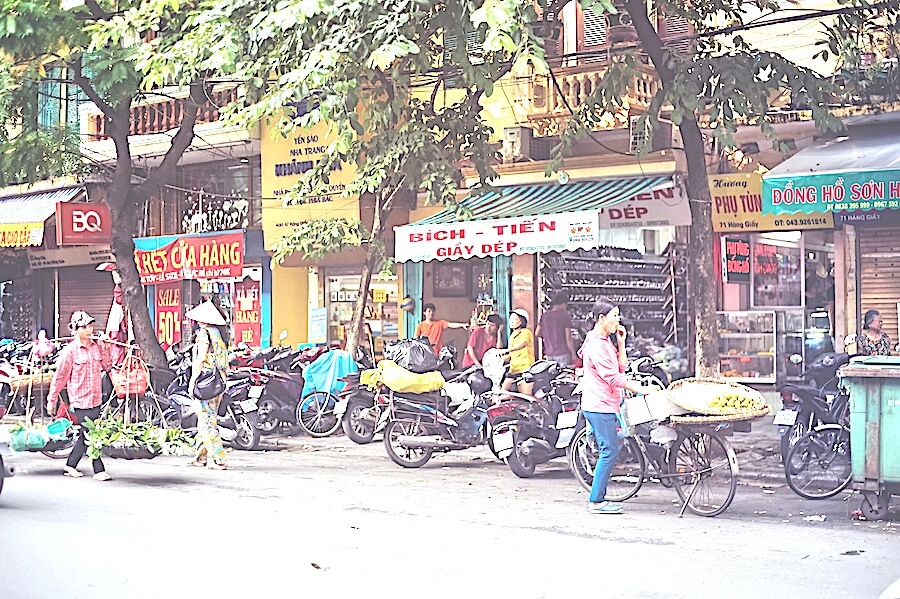
During the conflict of late 1946 to early 1947, Hang Giay Street was a frontline position in Lien Khu I. High buildings along the street were used by our soldiers as observation posts and sniper positions targeting the enemy stationed at the Iron Bridge. The enemy bombarded the street with artillery and bombs, causing significant destruction. During the period of temporary French occupation (1948–1954), the destroyed houses were rebuilt.
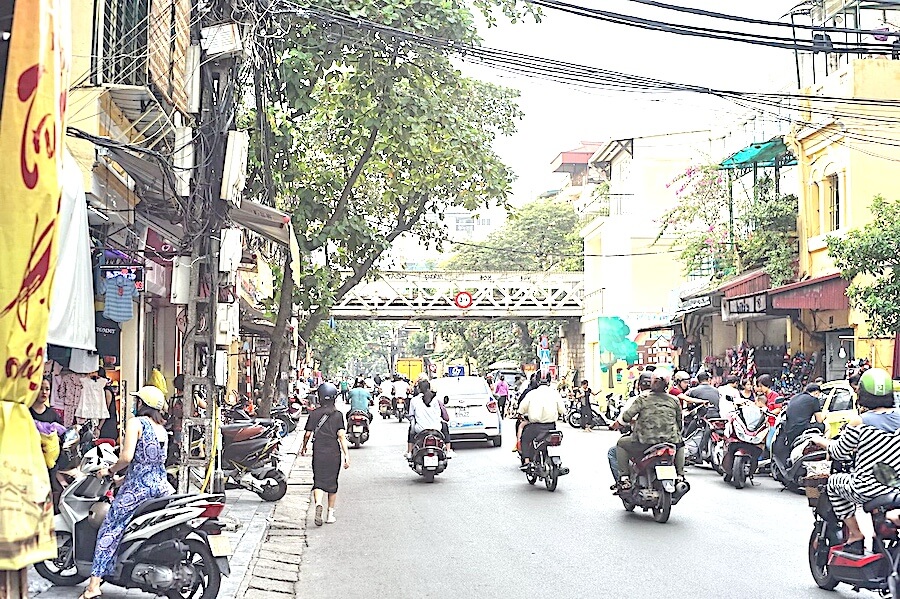
In the early 20th century, most of the street’s residents were small civil servants or private-sector employees, living in a disciplined and reserved manner, with few well-maintained shops. There were some shops selling paper, brushes, dó paper, some houses making confectionery, and a few traditional medicine shops.
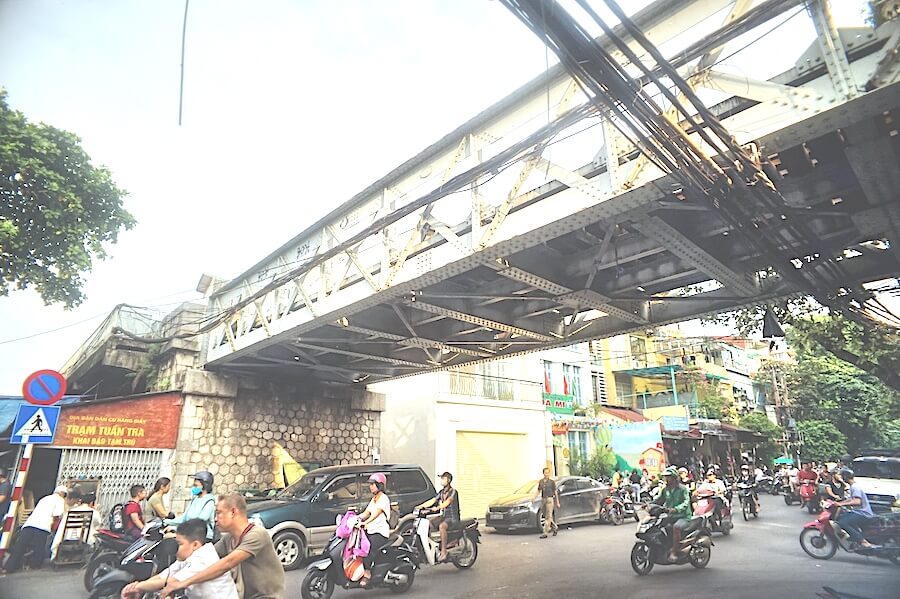
Gradually, Hang Giay Street transformed into a street for miscellaneous goods. However, the house at number 58, belonging to the Pham family, a civil servant at the Municipal Office, continued the paper trade. This was the Ich Ky store, which sold paper and Western books and operated a book printing and publishing business. Ich Ky contributed to the popularization of folk stories such as "Pham Cong," "Phan Tran," and "Nu tu tai," printed in the national script.
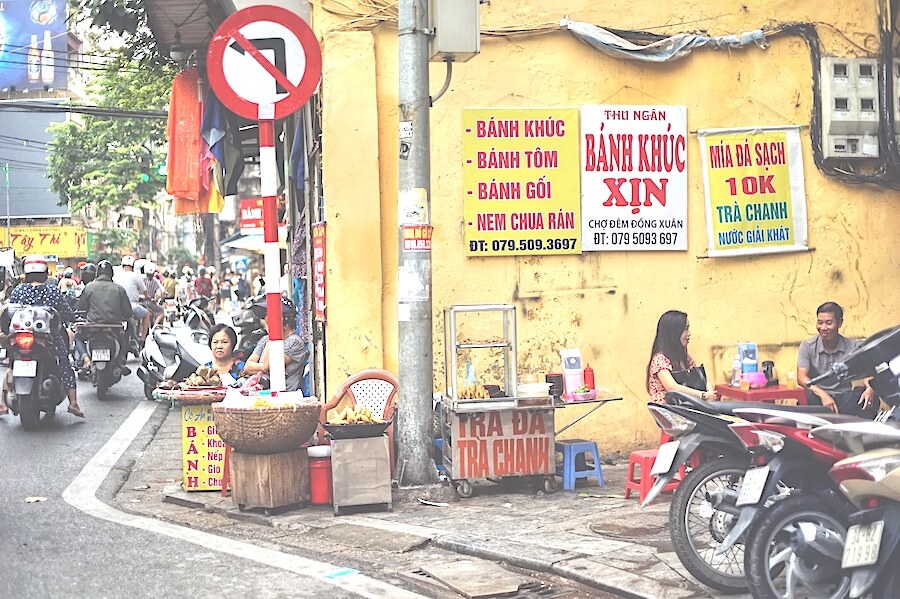
Today, Hang Giay Street hosts many bank offices and fashion tailoring shops. The residents no longer solely sell paper but offer a variety of goods, such as green bean cakes, shoes, backpacks, handbags, clutches, and mobile phones. Under the railway bridge, there is a row of shops selling dried beef, bread, noodles, and other street foods. However, the sound of tram bells has faded, and the Bac Do cinema no longer screens films, possibly having been converted into a private bank.



